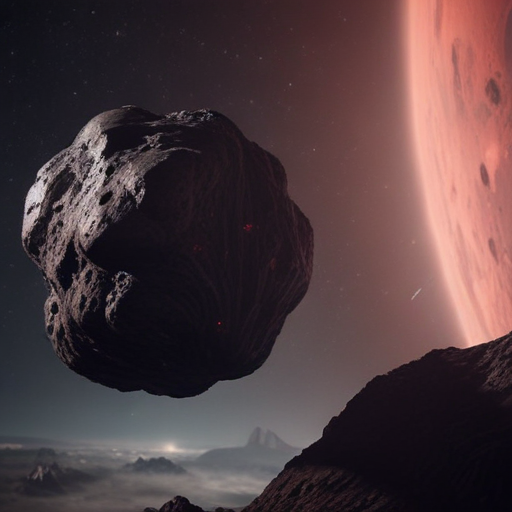The asteroid known as 2024 YR4 has emerged as a significant concern for astronomers, with its risk of colliding with Earth now surpassing that of the previously notorious Apophis. While YR4 has a 97% chance of missing Earth when it approaches in December 2032, its 3.1% odds of impact represent the highest risk ever recorded for a large space rock.
Discovered in late 2024 and reported to the Minor Planet Center, YR4 is classified among the more than 37,000 known large asteroids. Its increasing likelihood of impacting Earth has garnered attention from NASA and other space agencies, marking it as the only asteroid with this level of risk in the near future.
Current projections initially estimated YR4’s chance of collision at just over 1%, but those estimates have steadily risen. According to the Torino Impact Hazard Scale, which rates the threat level of near-Earth objects, YR4 currently rates a 3 out of 10. This scale categorizes threats from 0 (no chance of impact) to 10 (certain collision with global consequences).
In the event of an impact, the smaller YR4, measuring 130 to 300 feet, would still cause considerable damage, especially if it were to strike a populated area. Possible impact zones include primarily uninhabited regions, but the potential for catastrophic damage remains, underlining the importance of monitoring.
While Apophis was initially perceived as a serious threat two decades ago, subsequent observations and analyses have confirmed it poses no danger for at least a century. Apophis will make a close pass to Earth on April 13, 2029, but its trajectory has since been clarified, showcasing the advancements in asteroid monitoring techniques.
NASA plans to capitalize on the observations of YR4 over the coming years, utilizing ground-based telescopes and the James Webb Space Telescope to refine its trajectory and impact probability. The agency has previously demonstrated its capability to divert potentially hazardous asteroids, such as with the successful Double Asteroid Redirection Test (DART) conducted in September 2022.
The ongoing studies of YR4 and related asteroids highlight the proactive measures being taken to protect Earth from celestial threats. As astronomers gather more data, it is possible that YR4 may be deemed less of a threat over time. This ongoing vigilance not only offers reassurance but also exemplifies the collaboration among international space agencies, fostering hope for future advancements in planetary defense strategies.
